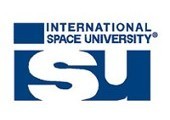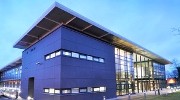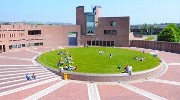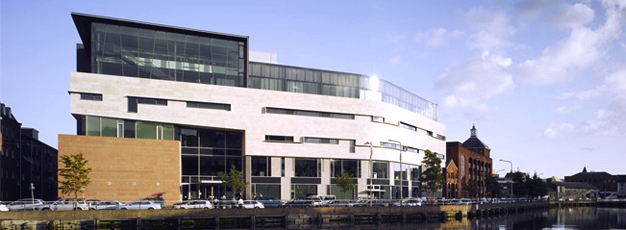Light pollution – Watts It All About

Published on: Friday, 07 July 2017
Cork Sky Friendly Campaign is inviting the public to join them for an evening of interesting discovery anddiscussion on light pollution and Cork's potential for observing the night sky, at a talk on Friday 14th July at 7pm in Blackrock Castle Observatory.
This free event is part of the Summer of Space Programme 2017 in association with Cork Institute of Technology, the International Space University and Science Foundation Ireland.
Dr Brian Espey, Associate Professor in Astrophysics in the School of Physics, Trinity College Dublin, will discuss the growing problem of light pollution around the world, his research into artificial light at night and, more particularly, his research on light pollution in the Irish context.
Dr Brian Espey commented, “Reducing light pollution makes sense for the environment, improves our own health, and also makes a positive difference in our own pockets - overall it'll cost us not to make a change. In Ireland 45% of the population cannot see the Milky Way at all, and over 18% of the population see skies so bright that they use daytime (colour) vision at night.”
Although artificial lighting is not in itself intrinsically good nor bad, it has increased in both amount and intensity, particularly since the first use of electricity in the 1870s to provide bright public lighting.
Light pollution is a term used to represent the negative aspects of artificial light at night which can impact many aspects of our lives. This pollution comes in many forms, including sky glow, light trespass, and glare. Sky glow is the bright halo that appears over urban areas at night, light trespass describes light which strays beyond its intended area, and glare refers to excessive light shining into our eyes. Controlled correctly, light is a useful adjunct to our lives, however we are just starting to understand how dangerous waste and excessive artificial light is for our environment, our wildlife and even our own health.
Studies at the University of California have shown that light, particularly strong blue-rich light, interferes with the human circadian (meaning ‘about a day’) clock which orchestrates a range of bodily functions such as the sleep cycle and digestion. The potential effects of circadian disruption range from depression, insomnia, and cardiovascular disease to cancer. Modern LED lighting, while being very energy efficient, is much ‘bluer’ than orange sodium lighting, and in sufficient intensity tricks the body into believing that it detects the blue daytime sky. Hence the current roll-out of bright LED street lighting may cause health problems for future generations, particularly given the expected lifetime of over two decades of new installations.
From the point of view of the night-time sky, blue-rich lighting scatters more strongly in the atmosphere (hence the blue daytime sky), and also lies near the peak of our low-light eye sensitivity, meaning that skies become brighter and natural features become washed out.
Humans are not alone in suffering from the effects of light pollution. Scientific evidence suggests that it has negative effects on many creatures including amphibians, birds, mammals, insects, and even plants. Migratory birds and nocturnal animals all depend on a natural day-night and also lunar cycles. Artificial lights can cause birds to become confused when migrating by leading them to confuse white lights with moonlight, and delays in migration can lead to birds missing ideal climate conditions for nesting, foraging and reproduction.
Saving money and reducing our carbon emissions are the obvious economic advantages of reducing waste light. Recently the government of Austria found that public lighting was the largest source of their CO2 emissions. Another less obvious economic advantage to protecting our night skies is ‘Astro-tourism’. Kerry and Mayo are already cashing in on this by achieving designated dark-sky status for some areas. Approximately half of the population of continental Europe and 75% of the UK population cannot see the Milky Way due to light pollution. For Ireland as a whole, the equivalent figure is 45%.
Cork, say the founders of the Sky Friendly Campaign, can do more to capitalize on this scarce resource, since there are still parts of West and North Cork where the night sky is so dark that the Milky Way is clearly visible. The night sky, they emphasise, is part of our natural heritage. “It is beautiful, awe-inspiring, and a way for us to connect to the wider universe especially at a time where nations are becoming ever more closed-in on themselves.
The good news is that of the many pollutants we face in modern life, light pollution is actually easy to remedy. The Cork Sky Friendly Campaign aims to protect the night skies over Cork city and county. By means of education, promotion of environmentally responsible lighting and highlighting the benefits of using appropriate lighting. Light pollution is controllable with modest effort and cost. Solutions will save money, protect our health and wildlife as well as preserve the beauty of the night sky for future generations.








